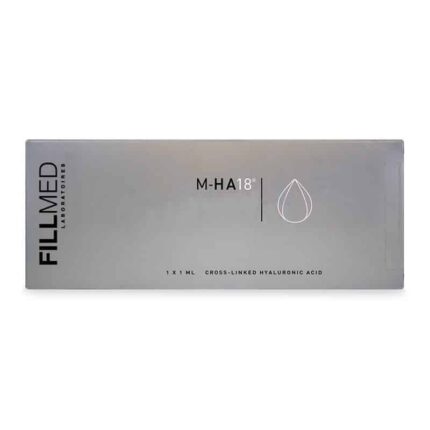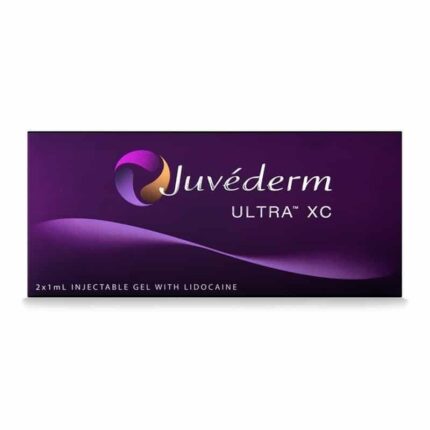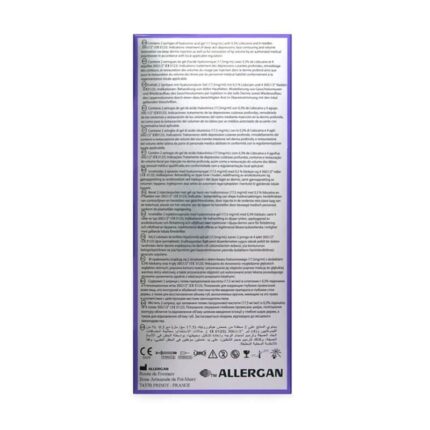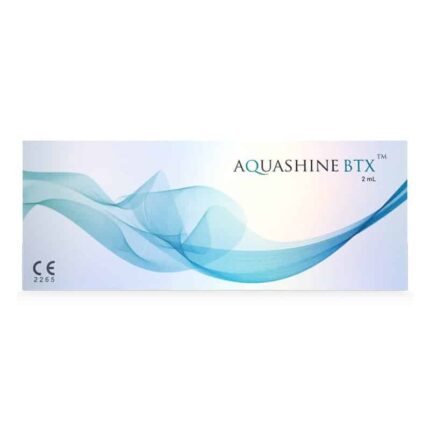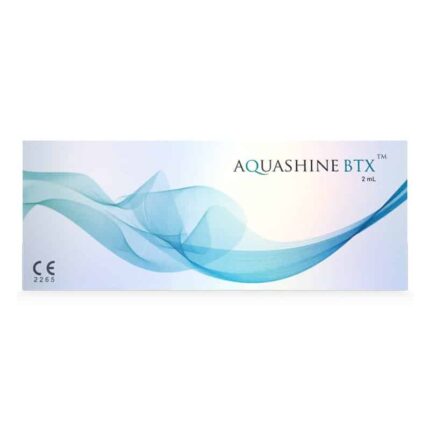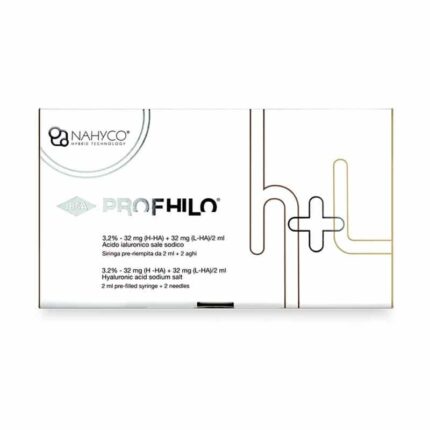VOM V is an increasingly important concept for businesses looking to optimize their value streams. By focusing on VOM V, companies can enhance their operational efficiency, reduce waste, and improve customer satisfaction. This article explores the importance of VOM V in value stream management and provides insights on how to implement it effectively.
What is VOM V?
VOM V, short for Value-Optimized Management through Visualization, is a strategic approach that integrates visualization tools and methodologies into value stream management (VSM). The goal of VOM V is to make the entire process visible, enabling businesses to identify bottlenecks, inefficiencies, and areas for improvement.
The Importance of VOM V in Modern Business
In today’s competitive market, businesses must continually improve their processes to stay ahead. It offers a comprehensive view of the value stream, making it easier for teams to spot issues and implement solutions quickly. This visibility not only enhances productivity but also boosts collaboration across departments.
How VOM V Enhances Value Stream Management
It plays a crucial role in enhancing value stream management by providing a clear, visual representation of the entire process. This section will explore how VOM V contributes to better decision-making and more efficient operations.
Identifying Bottlenecks with VOM V
One of the key benefits is its ability to help businesses identify bottlenecks in their processes. By visualizing the entire value stream, companies can pinpoint areas where work is getting delayed or resources are being wasted. Addressing these bottlenecks leads to smoother operations and faster delivery times.
Improving Collaboration with VOM V
It also fosters better collaboration among teams. When everyone has access to the same visual information, it becomes easier to coordinate efforts and make informed decisions. This shared understanding is particularly valuable in complex organizations where multiple departments are involved in delivering a product or service.
Implementing VOM V in Your Business
Implementing it in your business requires careful planning and execution. The following steps outline how to get started with it and ensure its success in your organization.
Step 1: Assess Your Current Value Stream
Before implementing, it’s essential to assess your current value stream. Identify the key processes, stakeholders, and tools involved in delivering your product or service. This assessment will provide a baseline for measuring the impact of VOM Von your operations.
Step 2: Choose the Right Visualization Tools
The success depends on choosing the right visualization tools. These tools should be easy to use and capable of displaying complex information in a clear, intuitive format. Popular options include flowcharts, process maps, and digital dashboards that provide real-time data.
Step 3: Train Your Team on VOM V Principles
Training is crucial for the successful implementation of VOM . Ensure that all team members understand the principles and how to use the visualization tools effectively. This training should also cover how to interpret the visual data and use it to make informed decisions.
Step 4: Monitor and Adjust
Once VOM is in place, it’s important to monitor its impact on your operations. Regularly review the visual data to identify areas for improvement and make adjustments as needed. This continuous monitoring will help you maximize the benefits of VOM over time.
The Future of VOM V
As technology continues to evolve, the future looks promising. Advances in artificial intelligence and machine learning are likely to enhance the capabilities, making it even more effective in optimizing value streams.
AI and VOM V: A Powerful Combination
Integrating AI with it could revolutionize value stream management. AI can analyze vast amounts of data and provide insights that would be difficult for humans to identify. This integration could lead to even greater efficiency and effectiveness in managing value streams.
The Role of Automation in VOM
Automation is another area where it is likely to evolve. By automating routine tasks and processes, businesses can free up valuable resources to focus on more strategic initiatives. It will play a key role in identifying which processes are suitable for automation and ensuring that the transition is smooth.
Conclusion
It is more than just a trend; it’s a powerful tool that can transform your business operations. By making your value streams visible and optimizing them, you can improve efficiency, reduce waste, and deliver better products and services to your customers. If you’re ready to take your business to the next level, it’s time to embrace VOM.











